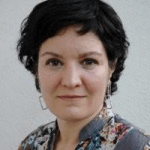Angham Daiyoub and how to bring together forest, armed conflict, environmental justice and ecofeminism
The key words in Syrian-born researcher Angham Daiyoub's speech are environmental justice, forest, biodiversity, women, armed conflict and conservation. Not necessarily in this order, but they are all there. And that is why a careful look is needed when talking to her, to avoid stereotypes and recurring questions. She is a PhD student at CREAF with a doctoral thesis on the relationship between the armed conflict in Syria, environmental violence and biodiversity conservation, from a gender perspective.
She is currently working on researching and highlighting cases of environmental injustice in Syria - such as pollution, deforestation and oil spills.
She is currently working on researching and highlighting cases of environmental injustice in Syria - such as pollution, deforestation and oil spills - through a collaboration between CREAF, the Fundació Autònoma Solidària and the ICTA-UAB research centre, together with the center’s researcher and co-director of her thesis Daniela del Bene. Some of the results of their joint work are already published in the Global Atlas of Environmental Justice. Another important part of her research has been to obtain unpublished data on the blue iris (Iris nusairiensis) endemic to Syria, a country with plant families and genera that are also common in Catalonia and other parts of the Mediterranean.
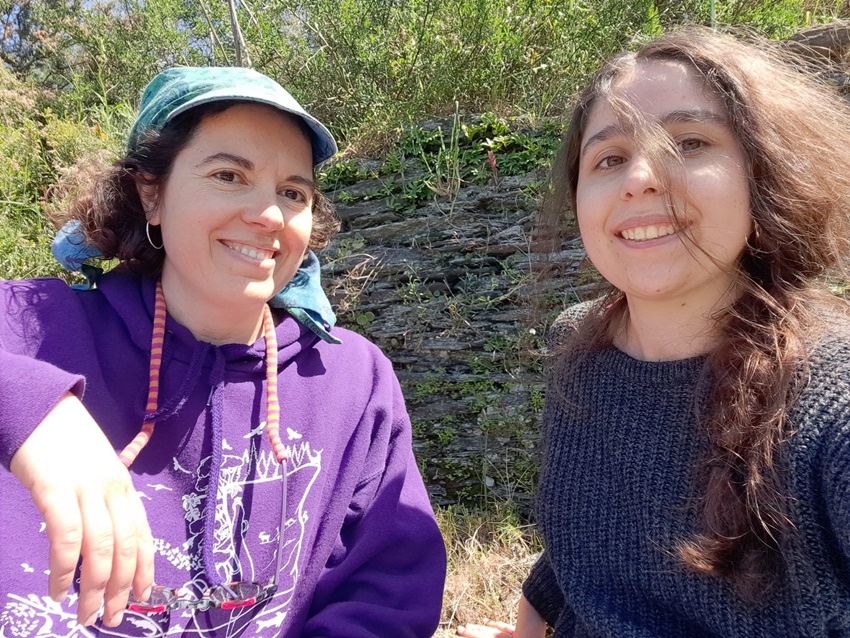
One of Angham Daiyoub's most powerful alliances is CREAF researcher and UAB lecturer Sandra Saura Mas, tutor and director of her doctoral thesis. "She is the one who told me about the Autonomous Solidarity Foundation's programme for the prevention of extreme violence. And our proposal to apply for it was to delve into eco-feminism", recalls the young doctoral student. Another of her references is Maria Christina Vega, professor at the University of Lleida, joint director with Sandra Saura Mas of her Master's thesis on the impact of the armed conflict on forest cover in Syria.
Ecofeminism and a culture of peace
Analyse the popular use of plants in wartime, with a gender sight and from the perspective of eco-feminist analysis is a relevant part of her research activity.
In a tone that is at once gentle and emphatic, Angham explains that she wants to "test the theory of eco-feminism in Syria". And she points out one of her proposals for solutions: "to include women in political decision-making positions", an alternative that is not a minor one if one reads with an eye on the Middle East. A significant part of her fieldwork took place in Syria and consisted of ethnobotanical interviews with men and women from environments affected by the armed conflict. Her aim was to analyse the popular use of plants in wartime, with a gender sight and from the perspective of eco-feminist analysis.
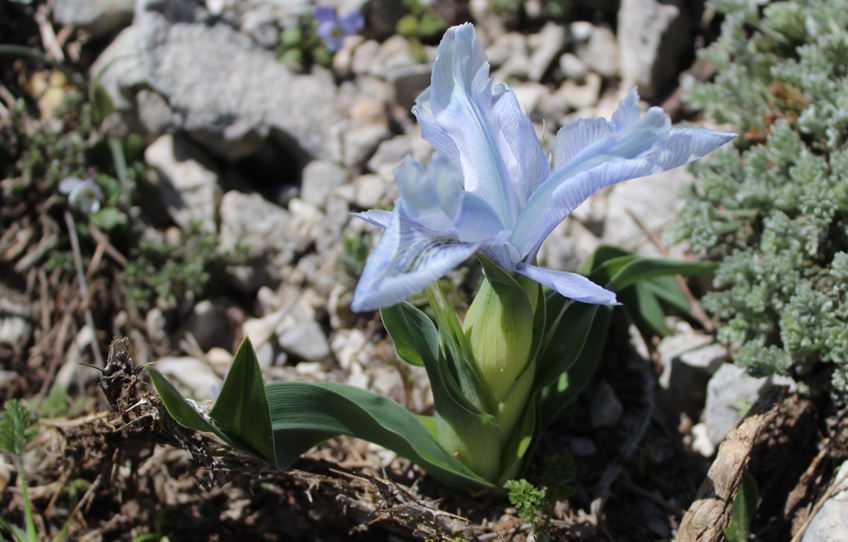
Daiyoub comments that lately she has been reading Simone de Beavoir, one of the European voices most closely linked to feminism, who demanded women's professional independence as a priority for equality. There are many types of eco-feminism defined, but the French philosopher is often considered one of the references, linking the degradation of the environment with the oppression of women in the 1970s. And the young doctoral student's Twitter account also shows her interest in the Egyptian-born writer Nawal El Saadawi.
From her speciality as a forestry engineer, she seeks to study how violent extremism affects the conservation of biodiversity.
From her speciality as a forestry engineer, she seeks to "study how violent extremism affects the conservation of biodiversity". According to her research, in Syria the forest once occupied 15% of the arid landscape, but this proportion fell drastically in the 20th century due to deforestation. As a result, in 2007 the forest covered 3% of the country's territory. Today it is barely 2%. According to 2010 UNDP data, the Syrian government set itself the goal of increasing the forest area to 3.86% by 2015. But war broke out in 2011, relegating the forest to the status of a crisis resource and completely diluting the goals of expanding it.
Environmental violence
It would seem that a discreet sense of humour and a calm attitude allow her to talk about a civil war that has dragged on for more than eleven years, which has led to the migration of more than 5 million people out of the country and the displacement of 6 million people within the territory. About 1.4 million refugees settled in Syria's coastal area, which contains most of the country's forest cover, causing additional pressure on natural resources and especially forests.
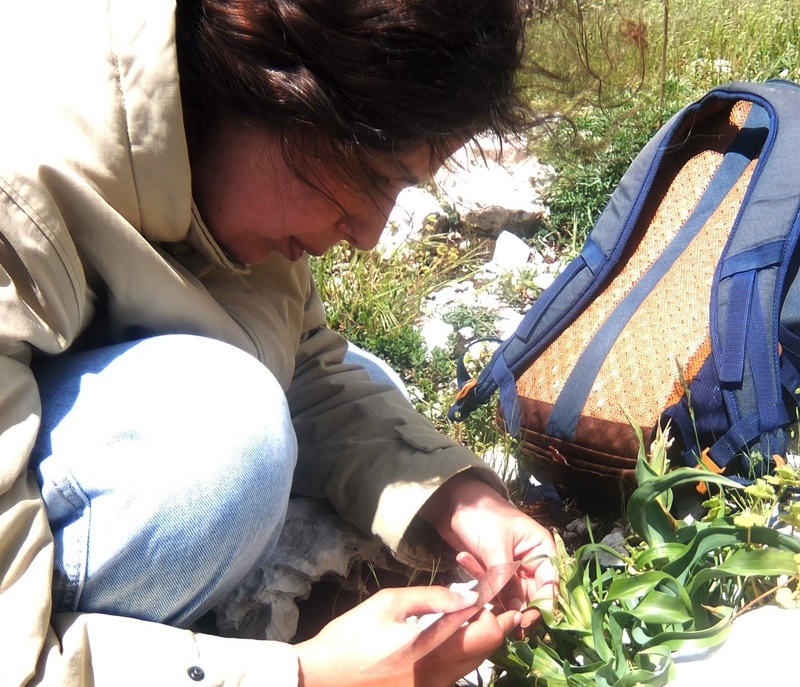
"There are many types of violence... I focus on environmental violence because, while it often doesn't have a direct physical impact on humans, it has a very significant long-term effect," she explains. "When a forest is destroyed, an ecosystem full of diverse life disappears. We don't just lose a collection of trees. It makes me very angry that this is happening because of the consequences, because Syria is a very arid country", she says. She then underlines the idea she defended at COP 27 in November 2022, at a round table organised by the NGO New Women Connectors for Inclusion and Social Justice. "When reconstruction of Syria is undertaken, it is essential to put more women in decision-making positions to contribute to the preservation of the environment", she says. "Women in Syria during the war have not been in decision-making positions, we have not fought on the front line, we did not participate in the war the way men did”.
Today, her direct family and social circle in Syria are safe, if that is possible given the circumstances of armed conflict. However, she does not shy away from saying that although the physical war is almost over in some parts of the country, the state of alert remains: "It is not easy, but I am very grateful because my parents still keep the house and I still have my family".
The forest, a theatre of war
The deep forest and valleys are often the scene of today's wars, especially intra-national conflicts, as they provide refuge for some armed groups and paramilitaries. However, Angham Daiyoub stresses that the role of deforestation during armed conflict is dual. "War has a devastating effect on people, but it can have both negative and positive impacts on forests: for example, armies burn forests to gain visibility and warmth, soldiers hunt wild animals for food, but at the same time, war discourages the exploitation of the timber industry”.
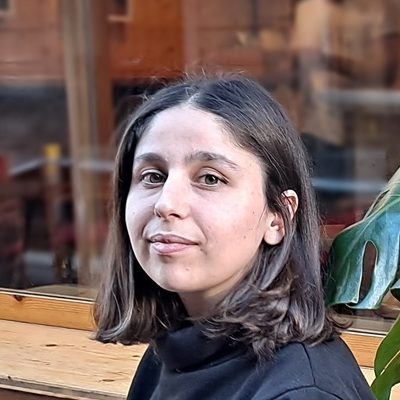
"When a forest is destroyed, an ecosystem full of diverse life disappears. We don't just lose a collection of trees. It makes me very angry that this is happening because of the consequences, because Syria is a very arid country"
One of the main objectives of her work is to study changes in the area of forest cover and the conservation of plant species since the beginning of the Syrian armed conflict.
One of the main objectives of her work is to study changes in the area of forest cover and the conservation of plant species since the beginning of the Syrian armed conflict. She has used satellite images of forests, agricultural land, pastures and bare areas, both from before the war (2011) and during the conflict (2019). She has also mapped threatened plant species, using data from the IUCN Red List. The results show a significant loss of forest cover between 2011 and 2019, mostly as a result of conversion of forests to agricultural land and pasture, in addition to urban expansion. She has contributed to two hotspot maps that pinpointed the most important areas for conserving species biodiversity: the coastal mountain range, the Anti-Lebanon range, Jabal al-Arab and the Golan Heights, with the highest number of threatened species.
The raw material of Angham Daiyoub's daily work is as critical and exciting as it is disheartening - especially as her family lives in Syria, her stay in Europe is not stable and funding for her doctoral research is irregular. She talks about it with a placid gaze, without blame, and one then has de suspicion that cultural distance makes us miss the true feelings of this brave researcher, who is looking for ways to finish a doctoral thesis that has become a struggle in itself.



